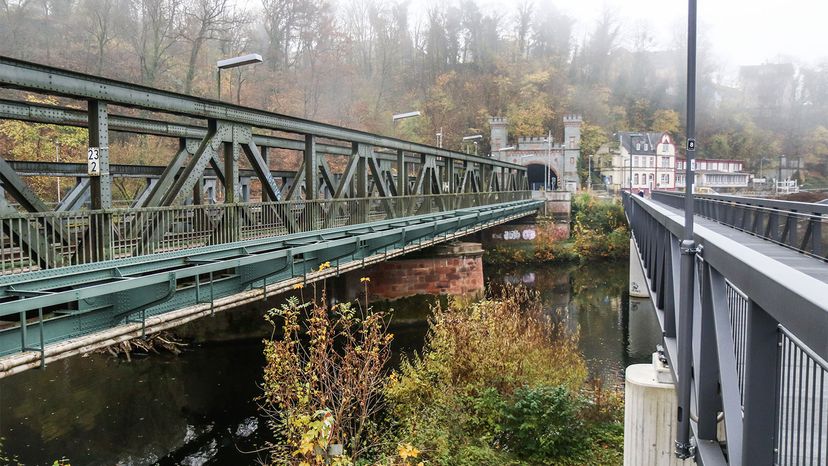BATS: The Basics of Bridge Design

If you're going to build a bridge, you'll need some help from BATS — not the furry, winged mammals that so often live beneath bridges, but the key structural components of bridge construction: beams, arches, trusses and suspensions.
Various combinations of these four technologies allow for numerous bridge designs, ranging from simple beam bridges, arch bridges, truss bridges and suspension bridges to more complex variations, such as the pictured side-spar cable-stayed bridge. For all its 21st century complexity, the side-spar design is based on suspension principles first used some two centuries earlier.
Advertisement
The key differences between these four bridge types comes down to the lengths they can cross in a single span, which is the distance between two bridge supports, the physical braces that connect the bridge to the surface below. Bridge supports may take the form of columns, towers or even the walls of a canyon.
Modern beam bridges, for instance, are likely to span up to 200 feet (60 meters), while modern arch bridges can safely cross 800-1,000 feet (240-300 meters). Suspension bridges are capable of extending from 2,000-7,000 feet (610-2,134 meters).
Regardless of the structure, every bridge must stand strong under the two important forces we'll talk about next.